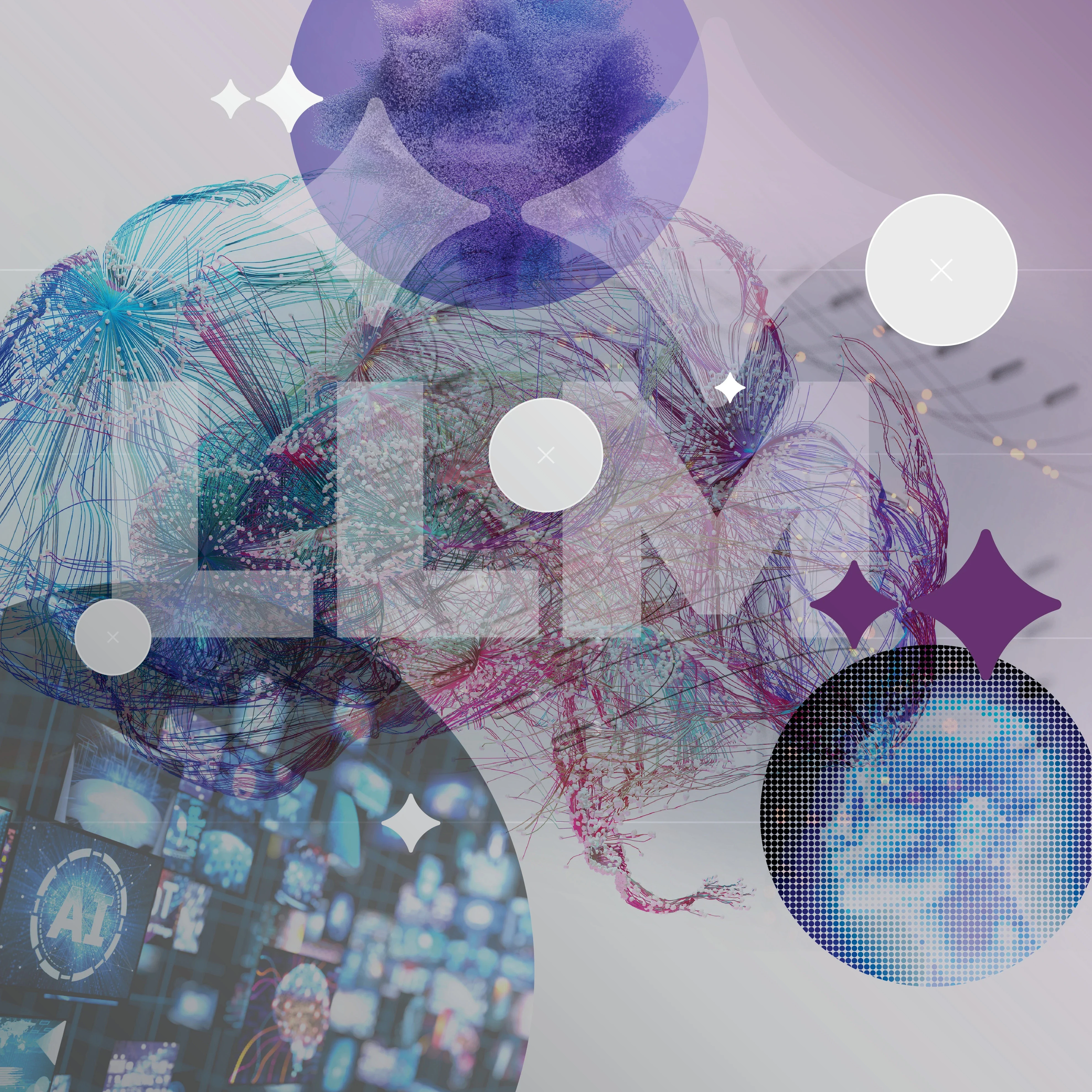As a result, there is a growing debate about whether or not these models represent a significant step towards artificial cognition — that is, towards building machines that can perceive, remember, reason and solve problems across many domains at human levels of performance. I believe they do represent such a step, and that we stand on the cusp of a technological revolution akin to those that have defined human progress throughout history, such as the printing press, electric light, powered flight and the internet.
Large language models are trained on very large datasets of natural language, usually scraped from online sources, and have impressed many people with their ability to carry on naturalistic conversations. Despite this, it is often claimed that they are not “cognitive” in an interesting way because they only respond to inputs and are restricted to language. That is to say, they do not “think for themselves” and have no conception of the world beyond its representation in text. As a result, they struggle with many forms of reasoning, do not understand causality and are prone to generating erroneous outputs (or “hallucinations”). However, the current AI landscape is rich with sophisticated techniques for improving these models, and enhancements are arriving monthly. We should expect these shortcomings to be mitigated by such advances, particularly when informed by studies of biological cognition.
Despite the apparent differences between artificial and real neural networks — including very different “neurons”, very different connection patterns and very different learning methods — there have also been shown to be strong correlations between artificial networks and how human brains function. For example, in the realm of visual processing, MIT’s Chengxu Zhuang and colleagues trained a neural network with data gathered from children’s head-mounted cameras and found that the representations it learned resembled those found in the primate ventral visual stream — a pathway critical for object recognition and visual identification.2 More recently, LLMs have also been shown to have some alignment with brain activity in language-processing areas in humans.3
Nevertheless, there are many aspects of biological cognition that have not been addressed by the work in deep learning. The dynamic, continuous and interactive nature of biological systems can be particularly challenging for current deep-learning methods to capture. As a result, large-scale brain models are also crucial for understanding how various elements of the human brain coordinate to produce the general, dynamic and adaptive intelligence exhibited by humans. Such models — like Spaun, built in my lab,4 or some of the work done under the aegis of the Human Brain Project5 — consist of large numbers of simulated neurons, organised in ways similar to neurons found in the brain.
A particular strength of our Spaun model is that it captures high-level behaviour by modelling many components of the brain and organising them in a manner that allows us to investigate how the brain coordinates its parts to solve cognitive tasks dynamically. The latest version of our model, from 2018, has about 6 million neurons and 20 billion connections, and is able to perform tasks including object recognition, copying visual inputs using a muscle-controlled arm, following instructions and solving key elements of a test of fluid intelligence. Building this large, dynamic model has taught us how the brain might exploit the chaotic dynamics of neural activity to solve cognitive problems and provides insights into the neural implementation of cognitive functions ranging from working memory and learning to decision-making and linguistic representation.
What does the future of artificial-cognition research hold in this context of LLMs and large-scale functional brain models? Over the next five years, I fully expect LLMs and their extensions to easily pass the Turing Test, which some take to be a requirement for achieving artificial cognition. The key to transcending the current limitations of LLMs probably lies in an integrated approach, extending the modalities to which LLMs can be applied and combining them with techniques used to build large brain models to better capture the dynamics of reasoning and online adaptability. However, others believe that true artificial cognition will only be achieved when we move beyond the limited text interface of the Turing Test.
Beyond this five-year time frame, I expect the integration of these approaches to continue to deepen, resulting in more powerful models that interact on their own with the physical world. Consider how the role of coordinating structures in Spaun could be used to integrate deep neural networks that are function-specific into a larger model. In the brain, this role is played by the basal ganglia — a subcortical structure that is implicated in selecting which actions to perform. Structures like these may be instrumental in harmonising disparate cognitive functions such as vision, motor control, reasoning and language. For instance, imagine that I see a restaurant, determine if I’m hungry and have a method of payment, walk over to the restaurant, navigate my way inside and read the menu. To perform such cognitive tasks, information flow between various brain functions must be controlled and results evaluated to determine the best course of action — exactly the role played by Spaun’s “basal ganglia”. These capabilities also depend on a self-evaluating and self-correcting system, akin to the human capacity for introspection and error correction. Such a system could potentially eclipse current models in detecting and correcting cognitive errors and do so while being embedded in the physical world.
The evolution of artificial cognition is likely to be driven by the need for systems like this — systems that can handle increasingly complex tasks and make difficult decisions under uncertainty. These would be expected to learn and adapt continuously, refining their algorithms through experiences much as humans do through learning and memory consolidation. The incorporation of social intelligence and an understanding of human values would also become crucial as artificial cognitive systems become more intertwined with societal structures and daily life. The foundations of such behaviour lie in our biology and may require a deep understanding of emotional processing and related environmental interactions. Continuing to integrate technical and biological approaches to cognition will be essential to expanding the capabilities of artificial agents. This progression could lead to models that not only replicate human thought processes but also develop novel ways of solving problems and interacting with others, potentially outpacing the human intellect in their ability to do so.
As we steer toward this new epoch, the ethical implications of creating entities with cognitive capabilities comparable with or exceeding those of humans will have to be addressed. Questions surrounding the autonomy of artificial cognitive systems, their rights and the legal frameworks governing their interactions with humans and the environment will become paramount. Furthermore, the societal impacts of such advancements could be vast, influencing every sector from healthcare to education, and from defence to policy-making. The economic landscape would also undergo a transformation, as certain jobs performed by humans become redundant, necessitating a reimagining of work, purpose and economic distribution.
As we venture into the next 25 years, AI is poised to evolve in ways that will profoundly affect every aspect of human life. The development of artificial cognition, once no more than science fiction, is fast becoming a tangible reality. The convergence of computational power, rich datasets, an improved understanding of the mechanisms of biological cognition and sophisticated optimisation methods has set the stage for systems with cognitive capacities that challenge our traditional understanding of intelligence.
The pursuit of artificial cognition represents a pinnacle of human technological aspiration, encapsulating our relentless quest for knowledge and mastery over our environment. It is a journey that will undoubtedly reshape our society, our relationships with machines and, ultimately, the very essence of what it means to be intelligent — not only a testament to human ingenuity but a portal to a future replete with both profound challenges and unimagined opportunities.




